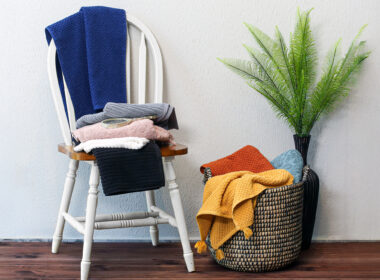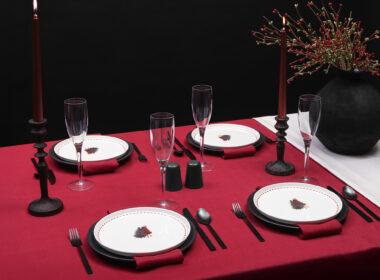When cleaning porcelain, it is essential to use methods suitable for the surface type. Glossy porcelain, with its light-reflecting finish, requires gentle cleaning. Using microfiber cloths to wipe these surfaces carefully helps prevent scratches. Matte porcelain surfaces, on the other hand, may show grease residues more prominently; therefore, cleaning with mild soapy water is more effective. For decorative porcelain with patterns, soft sponges should be used to avoid damaging the design, and excessive scrubbing should be avoided.
Natural cleaners are both eco-friendly and safe alternatives. For example, a mixture of baking soda and lemon juice is effective for stubborn stains. Similarly, a vinegar and warm water solution can be used to remove grease residues. However, while applying these methods, abrasive actions should be avoided to protect the porcelain surface. Instead of soaking for long periods, short contact cleaning is a safer option.
What to Consider When Washing Porcelain in the Dishwasher
Although washing porcelain in the dishwasher may seem practical, certain rules must be followed. First, make sure porcelain plates do not touch each other when placing them in the machine. This prevents scratches caused by impacts during washing.
The detergent used in the machine should be porcelain-friendly. Abrasive chemicals can damage the surface. In addition, choosing low-temperature programs helps protect porcelain against possible heat-related deformation. Delicate wash programs ensure porcelain is both cleaned and protected in the most suitable way.
Ways to Prevent Scratches and Stains on Porcelain
To keep porcelain long-lasting, it is important to minimize scratches and stains. One of the most common causes of scratches is contact with hard-bottomed cutlery. Using soft placemats during meals can help prevent this. To avoid metal marks on porcelain, plastic or wooden serving utensils may be preferred instead of stainless steel.
To prevent stains, it is important to clean porcelain immediately after meals. Beverages such as tea, coffee, and red wine, which have a high potential to leave marks, should not be allowed to dry on the surface. Natural materials such as vinegar, baking soda, or toothpaste can be used to remove such stains. For example, preparing a light baking soda paste and gently applying it to the stain is an effective method.
To reduce scratches, porcelain can also be polished regularly. Special products such as porcelain polish or wax can be used for this purpose. If you notice slight dullness on your porcelain, applying a mixture of lemon juice and water can help restore its shine. However, throughout all these processes, abrasive materials and hard brushes should be avoided to prevent surface damage.
It is also important to avoid exposing porcelain to extreme temperature changes. Placing very hot porcelain into cold water may cause cracks. With these precautions, porcelain will remain clean, shiny, and durable for a long time.
How Should You Store Porcelain?
Storing porcelain properly ensures longevity and protection against scratches or breakage. Certain key points should be considered for safe storage. To prevent surfaces from damaging each other, place a soft protective material between each plate or bowl. These materials can be a thin cloth, felt sheet, or paper towel. This method is especially important for valuable or delicate porcelain.
When choosing storage areas, make sure porcelain is kept in a safe place. Select shelves that are protected against shocks or vibrations. Avoid overloading shelves, as tightly packed porcelain may rub against each other, causing scratches or cracks.
Closed cabinets or dust-proof boxes protect porcelain from dust and external factors. If you do not plan to use your porcelain for a long time, wrapping it in a clean cloth or suitable cover is recommended to prevent surface damage.
If you want to display valuable porcelain, storing it in a glass-fronted cabinet is the best option. Porcelain stored in a display case will not gather dust and will be protected from external effects. With these methods, you can keep your porcelain safe while preserving its elegance for years to come.
Tips for Long-Term Use
To use porcelain products for a long time, careful cleaning and maintenance are essential. Gentle sponges and mild detergents should be used during cleaning. Avoiding sudden temperature changes helps prevent cracking. If stacking items, place protective material between them to prevent scratches.
Before using a dishwasher or microwave, check whether the porcelain is suitable. Items with gold or platinum details should not be placed in these appliances. To gently remove tea or coffee stains, water mixed with baking soda can be used.
Storing porcelain in a dry, moisture-free environment ensures durability. Separating everyday items from those reserved for special occasions also helps provide more careful use. With these simple precautions, your porcelain can be enjoyed for years as if it were brand new.













